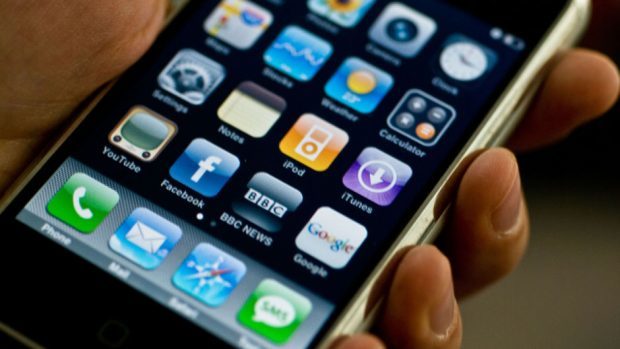Residents of the Highlands and Islands suffer the worst mobile data coverage in Scotland, Ofcom figures have revealed.
The Western Isles, Highland, Argyll and Bute and Orkney and Shetland are at the bottom of the pile when it comes to 4G services, with as many as one in five unable to get coverage.
An astonishing 20.49% of the Western Isles has no reliable outdoor signal, along with 7.4% of Highland, 1.08% of Orkney, 6.17% of Shetland and 9.21% of Argyll and Bute.
The figures were even worse for those trying to use their mobile phones indoors, with a whopping 37.79% of the Western Isles having no reliable signal.
Highland users struggle by with 13.45% of the area with no indoor signal. In Orkney 13.01% has no indoor signal, in Shetland it’s 19.53% and in Argyll and Bute it’s 13.48%.
The figures show that only 64.8% of Highland has 4G signal from all operators, 57.37% of Shetland, 49.98% of Argyll and Bute, 48.64% of Orkney and a shocking 31.48% of the Western Isles.
Aberdeen, Dundee, Glasgow and Edinburgh cities all experienced reliable service.
Only 0.87% of Moray has no reliable outdoor signal and only 0.59% of Aberdeenshire experiences such a problem.
Part of Ofcom’s role is to help ensure that people across the UK can access a decent internet service.
This most recent update from the watchdog is based on data captured in January.
A spokesman for Ofcom said: “Mobile coverage has improved but challenges remain in many rural areas. Providing good quality fixed broadband to everybody is challenging, given the need to install or upgrade networks in remote or difficult to reach areas.
“While there have been a number of improvements in mobile coverage since our last report, we know that coverage needs to improve further and we are working with Government and industry to make this happen.”
Proposals include releasing more airwaves and working with the government to make it cheaper and easier for companies to install more mobile masts.
Broadband has improved and this month Nicola Sturgeon announced 25,000 additional homes and businesses in the Highlands and Islands will be able to access superfast broadband through the Digital Scotland roll-out.
Western Isles MP Angus MacNeill said: “The three Scottish island groups have very poor coverage. The overall broad picture is that coverage on the islands isn’t good.
“This is has been the case in the UK for far too long with their flawed model of mobile roll out, when countries like the Faroe Islands have had full coverage for 3G for years and now have full coverage for 4G.
“They did it with a model of co-operation and planning.”
Stuart Nicol, chief executive of Inverness Chamber of Commerce, said: “We are aware of this as a major issue for businesses.
“It is particularly an issue in more remote regions but it is certainly not limited to outlying areas.
“I know from personal experience, even in Inverness I’m dropping down to 3G coverage with my provider.
“The Highlands and Islands are much more rural and remote and therefore more reliant on mobile coverage.”
Julie McKenzie, Argyll and Bute Council’s SNP spokeswoman for communities, said: “Whilst the figures for Argyll and Bute appear disappointing, the announcement of the Scottish Government 4G infill programme has been a welcome development for our area.
“Our more rural and island communities should not find barriers to connectivity and should enjoy exactly the same service currently available across the central belt.”










